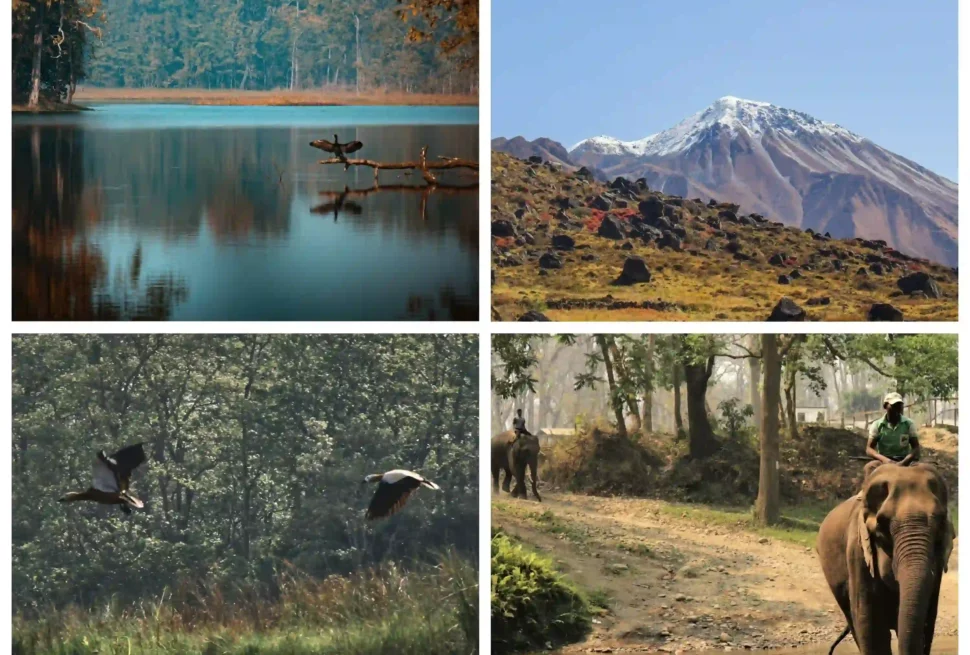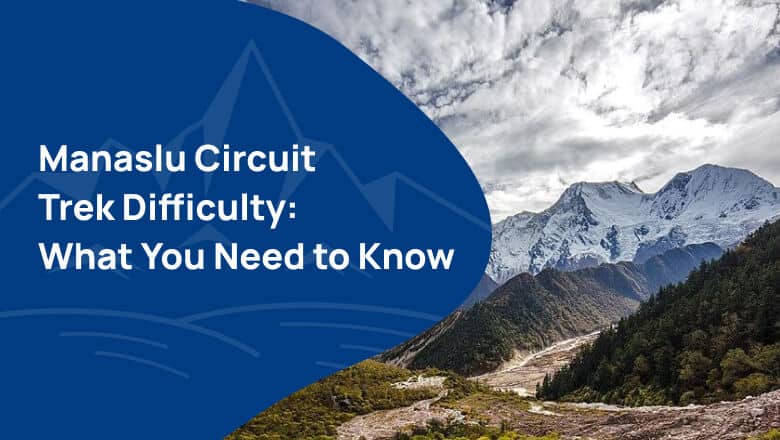Are you a wildlife enthusiast who loves to trek to different places with the hope to see them?
Welcome to the world of wildlife in the Everest Base Camp Trek! Here, you can explore and discover amazing wildlife as you head toward the majestic Everest.
From the moment you start in the town of Lukla, you will be surrounded by a variety of birds. Even if you’re not a bird expert, their different colors and sounds will fascinate you.
But there’s even more to see! As you continue your trek, you will encounter a range of animals. Keep an eye out for the elusive snow leopard and the strong mountain yaks. They are just a few examples of the unique animals you might come across.
Here are some of the wild animals to look for.
Do you have any question about trip to Nepal?
Tell us about your trip to Nepal and what you expect from it. We will answer your questions in 24 hours and help you design a trip with a comfortable itinerary to meet your needs best.
Animals of the Everest Region
1. Himalayan Tahr
The Himalayan Tahr (Jharal), a massive goat species, is a spectacular attraction in the mountainous Himalayas. They can handle the rough terrain of Everest thanks to their sturdy hooves. The Tahr’s unique appearance is due, in part, to the thick wooly coat that helps it survive in freezing temperatures.
They frequently gather in large groups (herds), displaying clear social behavior signs. Most active at dawn and dusk while being cautious of humans in general.
One of the many incredible things to do in the Everest region is to watch a herd of Himalayan Tahr graze.
2. Snow Leopard
The Snow Leopard, also called the “Ghost of the Mountains,” is an extremely rare and endangered big cat. Due to how rarely it is seen, every encounter is extraordinary.
These furry creatures have adjusted to life in the high, cold altitudes where they live. Their thick coats protect them from the cold, and their wide nostrils make it easier for them to breathe at high altitudes. The Snow Leopard can easily climb snowy slopes thanks to its huge paws, which act as snowshoes.
On your expedition to Everest, keep your eyes open for the mysterious “Ghost of the Mountains.”
3. Mountain Yak
Yaks are a familiar sight in the Himalayas, and the Everest Base Camp Trek is no exception. These creatures are well-known for transporting loads of considerable weight over rough, mountainous terrain. As a result, their presence greatly enhances the local economy and way of life.
These animals are experts at surviving in freezing environments and places with less oxygen. Their thick, long hair keeps them warm even in subzero temperatures. Because of their ability to breathe at high altitudes, they can perfectly adapt to the challenging conditions of the Everest region.
4. Himalayan Black Bear
During the summer, the lower Everest region is home to the fascinating Himalayan black bear, also known as the Asiatic black bear. They are easily recognized because of the distinctive white breast patch. They are skilled tree climbers, which helps them hunt and escape under the forest trees where they live.
The capacity to stand and move on the back legs is a unique trait of these bears. This helps them monitor their surroundings and scare off any potential threats.
The view of these bears is one of the most remarkable aspects of the Everest Base Camp Trek.
5. Red Panda
The Red Panda is one of the many fascinating animals in the Everest region. A red panda is about the size of a house cat. The combination of cinnamon fur and bushy, circular tail makes them easily recognizable. Any sighting of these fur animals in the wild is a cause for celebration.
These little animals live comfortably in mountainous environments. They have mastered the art of tree climbing and spend most of their time in the trees. Their diet consists mainly of bamboo, with some additions like eggs, birds, and insects.
You’ll see one of these magnificent creatures on your travels if you’re lucky.
6. Himalayan Musk Deer
Himalayan Musk Deer are shy and isolated animals that live in the Everest region. They are an easy target for hunters because of the scent glands in their body. So, they rarely leave the cover of the forest and would rather stay there than risk being seen.
The nighttime habits of these deer are pretty unique. They are alert to potential threats and constantly examine their environment. They feed on leaves, flowers, and other tiny plants.
Seeing a musk deer on your Everest trek can be a fantastic experience, despite the difficulty of doing so.
7. Bharal (Blue Sheep)
The Blue Sheep is another endangered species found in the Everest region. The blue-gray coat of these animals, also called the Bharal, is one of their most distinguishing features. Their color makes them less noticeable as they blend in with the rocky Himalayan landscapes.
They herd together to graze on steep hillsides and have powerful legs for hopping across large stones.
During the Everest trek, seeing a flock of Blue Sheep crossing the rugged Himalayan landscape is a once-in-a-lifetime opportunity.
8. Himalayan Marmot
The huge, squirrel-like Himalayan Marmot is a common sight in the Everest region. These animals are mostly found in grassy locations, vast grasslands, and even specific desert-like environments.
They construct their burrows for shelter. They can also hide in plain sight, thanks to their brown fur.
As a social species, marmots frequently assemble in large numbers. They use their lower legs to balance while standing alert. Their diet consists of grass, roots, and insects.
9. Pika
Pikas are little, appealing rabbit-like creatures that live in rocky locations. They are playful creatures running around while digging tunnels and making high-pitched whistles to each other.
In summer, they collect plants, which they then dry and store for the colder months. Appreciate their toughness by seeking them out in the Everest region’s steep slopes and grassy places on your journey.
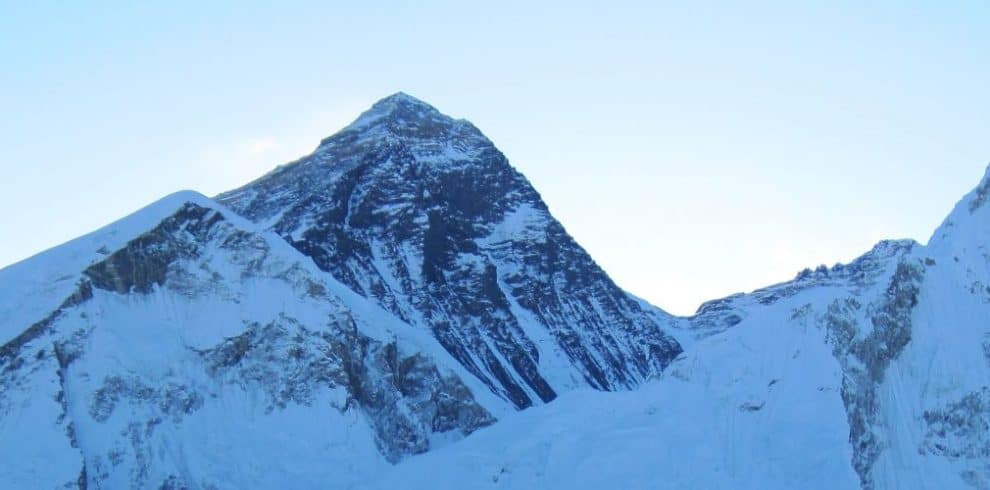
Everest Base Camp Trek is a classic trekking adventure in the foothills of the world’s highest mountain, Mount Everest. Trudging along the rugged trails of the Himalayas, decorated with mountains and landscapes, this trek is undoubtedly one of the best walks on earth. Regarded as the most popular trek in Nepal, Everest Base Camp Trek extends for 15 days. Along the way, you’ll get to marvel at some of the world’s highest massifs, including Mt. Everest, Lhotse, Ama Dablam, Thamserku, Cho Oyu, Pumori, Nuptse, and Makalu. Not only that,…
Birds of the Everest Region
1. Himalayan Monal
The Danphe, known as the Himalayan Monal, is renowned for its brilliant feathers. Spotting Nepal’s national bird on the Everest journey is a bucket list item for many. They are common in the grasslands and woods at higher elevations.
When exposed to light, these birds’ green, blue, and red feathers provide the illusion of a third color. They can survive well at high altitudes, proving their adaptability. They use their powerful beaks to dig for bugs, roots, and seeds.
A highlight of the journey to Everest Base Camp Trek is the opportunity to see a Himalayan Monal in the wild.
2. Tibetan Snowhen
The Tibetan Snowcock, a member of the pheasant family, can be found in the Everest region at very high altitudes. These hardy birds can handle the Himalayas’ freezing temperatures and rugged terrain. Their bodies are challenging and flexible, qualities that help them flourish in the harsh environment in which they evolved.
You may hear their renowned booming calls echoing throughout the mountains in the early hours. Seeds, small pieces of plants, and occasionally insects make up the bulk of their food. It’s a unique chance to see these birds in their natural rocky surroundings on the Everest trek.
3. Blood Pheasant
The Blood Pheasant is a remarkable beauty of the Everest region, with its lively red and deep maroon feathers mimicking a beautiful sunrise.
Observant travelers to the Everest region’s steep slopes and alpine fields may spot this stunning bird if their eyes are fixed. These strange birds are easiest to spot while hunting early in the morning or late in the day.
4. Grandala
The Grandala’s awesome blue coloring seems like it was plucked from the clearest sky, and its feathers are a treasure that will leave you enchanted. Keep your ears open for the melodic tunes as you make your way over the Everest region.
The Grandala flaunts its blue feathers from the top of rocky cliffs during the spring breeding season. If you wait patiently and keep your eyes open, you might see this mountain songbird.
5. Spotted Nutcracker
If you wander into the Everest region’s forests, you might meet the chirpy Spotted Nutcracker, quickly recognized by its striking spotted attire. This intelligent bird is working hard to stock up on food in preparation for the long, harsh winters in the mountains, thanks to its specially designed beak, which is ideal for cracking nuts.
You can watch these swift hunters in action and listen to their interesting calls in areas with coniferous trees.
6. Golden Eagle
The mighty Golden Eagle, a bird representing power and grace, may be seen flying above the Everest region. This bird of prey is massive, and its wingspan is quite remarkable.
Look up and around you, focusing mainly on cliffs or open areas where golden eagles might be hunting. The golden eagle is a beautiful sight to behold on your travels, its golden feathers glinting in the sun.
7. Great Rosefinch
The Everest region is home to the colorful Great Rosefinch, which can be spotted in the region’s rugged but attractive mountains and scrublands. This stunning bird brings an aura of delicate elegance wherever it soars, thanks to its collection of crimson and strawberry-like feathers.
Travel to areas with lots of alpine vegetation and flowering plants to increase your chances of spotting this feathered treasure. The Great Rosefinch’s song can be heard throughout the mountains in the spring and summer.
8. Himalayan Griffon
If you keep your eyes open, you might see a giant vulture floating above the Everest region. Its wingspan would seem to include all of the mountain peaks. These flying masters may often be seen elegantly flying across vast landscapes on the backs of thermal prevailing winds.
You should travel to areas with cliffs or high slopes to view these stunning birds well. These animals serve a crucial ecological purpose and are most active during the warmer months.
9. Lammergeier
The Bearded Vulture, or Lammergeier, flies flawlessly above the Everest region, displaying an air of ancient wisdom that will win any observer’s respect. The beard and enormous wingspan of this bird make it remarkable.
To spot this secretive creature, you must head to a high region and keep your eyes fixed. They play a critical role as nature’s cleanup crew, as their keen eyesight allows them to spot dead animals from considerable distances.
10. Red-billed Chough
The Everest region is home to the Red-billed Chough, a delightful bird known as the Chough. Its shiny black feathers and bright red beak stand out against the rocks.
When flying in groups, these social birds often do dances in the air. You can find them near cliffs and open places where they are looking for seeds and insects. Their beautiful songs fill the peaceful mountain air and can be heard in the valleys.
Conclusion
In conclusion, the wildlife in the Everest region offers a captivating collection of species that add to the charm of the trek. From the massive Himalayan Tahr to the playful Himalayan Marmot, each creature contributes to the ecosystem in its unique way.
The journey tests your physical endurance and allows you to witness the wonders of the wilderness. Spotting these incredible animals, like the Himalayan Black Bear and Red Panda, in their natural habitats is an unforgettable experience.
The diverse birdlife, including the majestic Golden Eagle and colorful Great Rosefinch, adds a delightful touch to the mountainous scenery. The Everest region’s wildlife truly showcases the beauty and strength of nature, making the trek an extraordinary adventure that will leave lasting memories.
Ready to Book Trips?
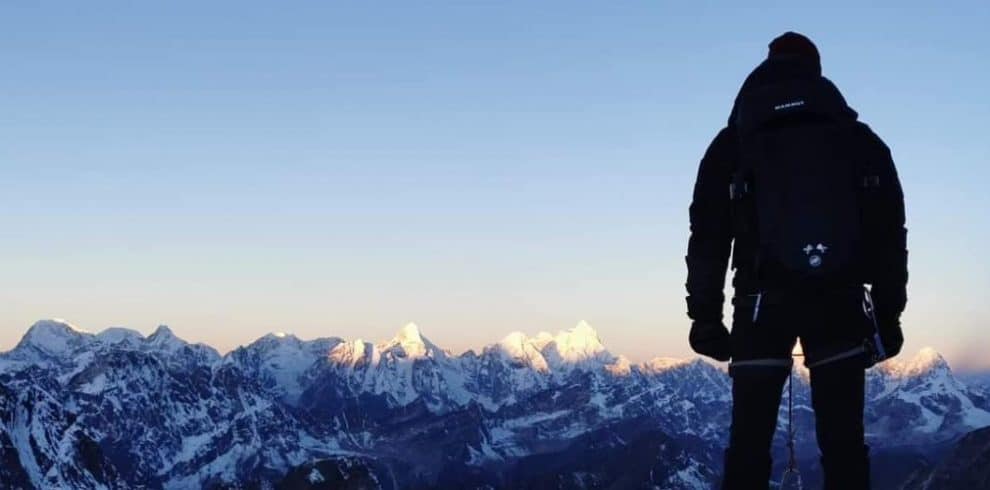
The exciting 18 days long Lobuche East Peak Climbing adventure present you the chance to explore the serenity of the…
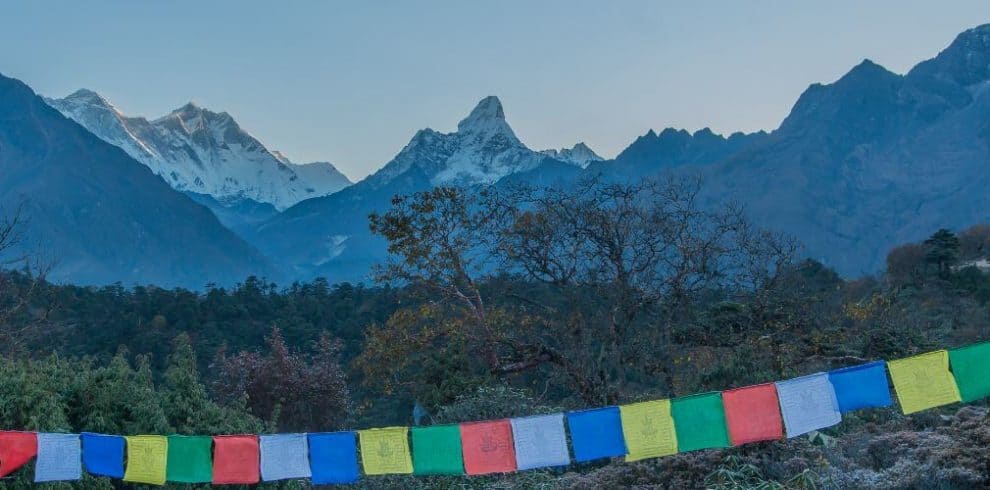
Everest is more than a mountain, and reaching its base camp is more than a trek. Everest Base Camp Journey…
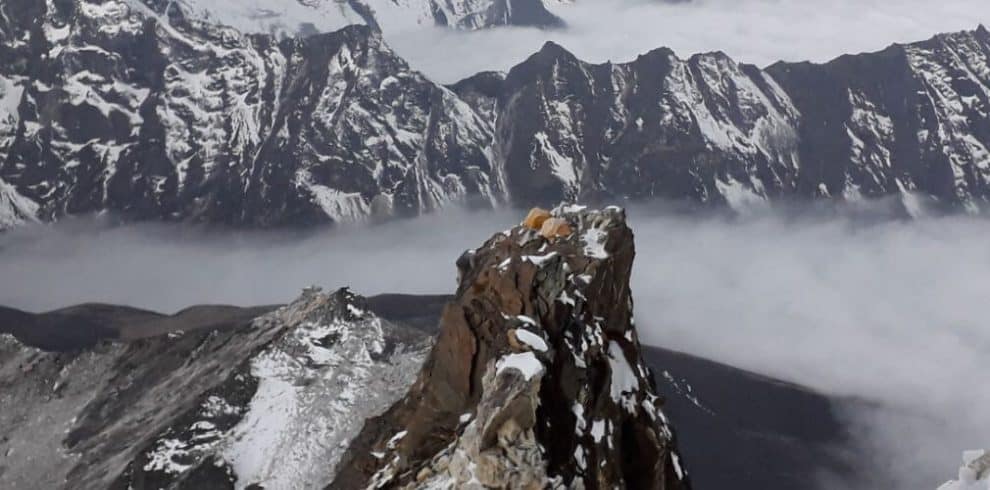
There are hundreds of mountains all over the world. But, only a few leave remarkable impressions on people as Ama…
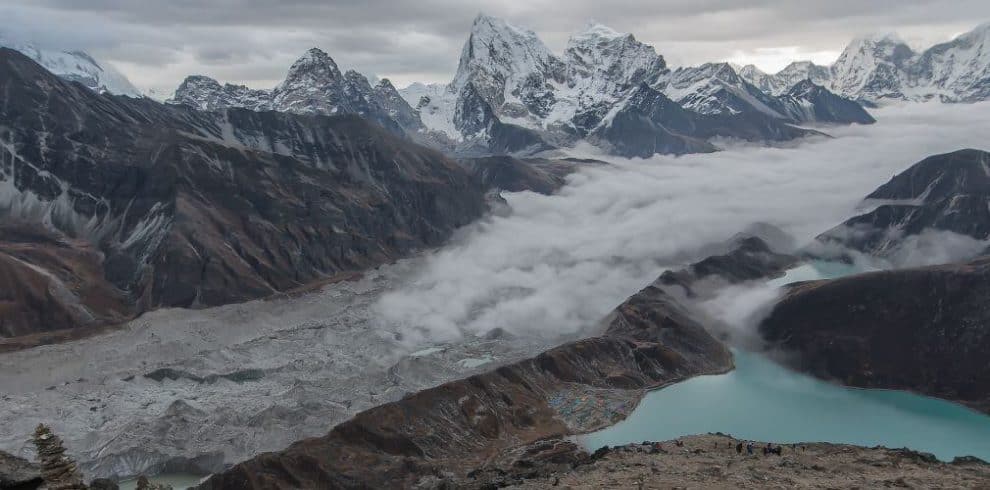
Gokyo Chola Pass via EBC Trek is one of the most comprehensive trekking destinations in the heart of the Himalayas….
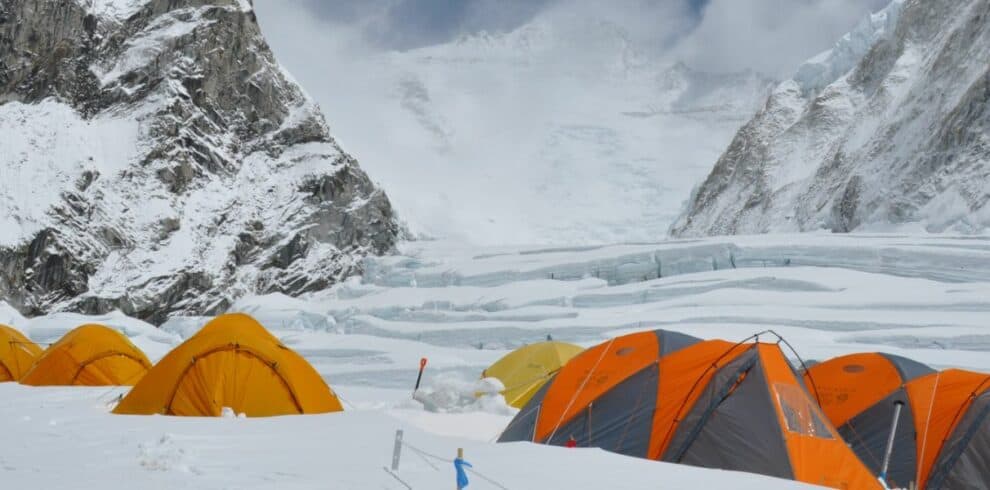
Everest View Trek is probably the most famous trek in the Himalayan region of Nepal. It is one of the…
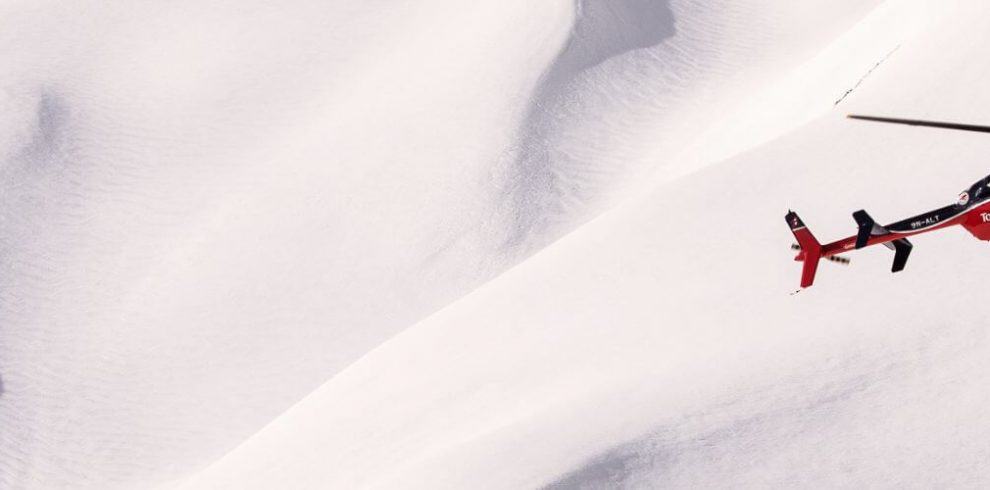
The Everest Base Camp luxury heli Trek is designed for people who are short on time but still want to…


